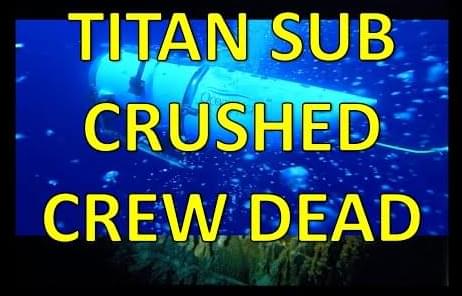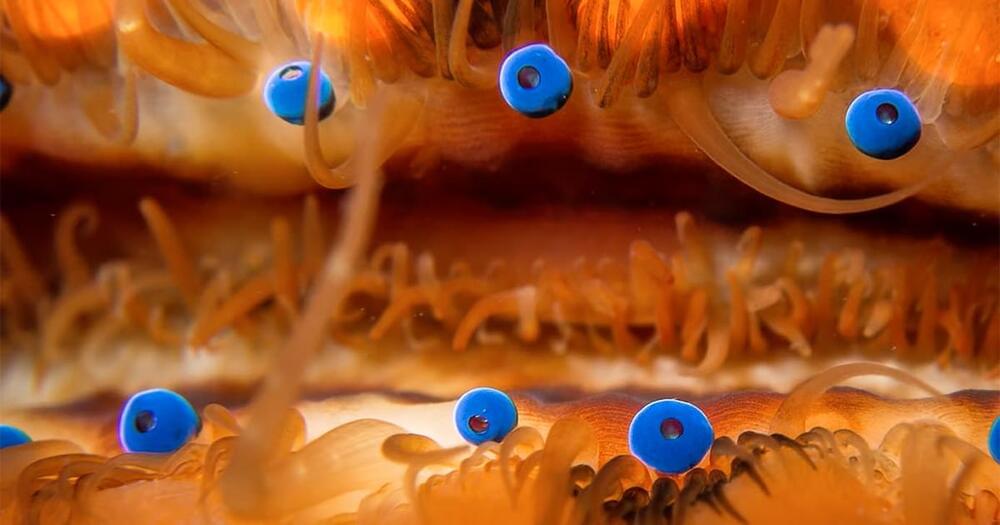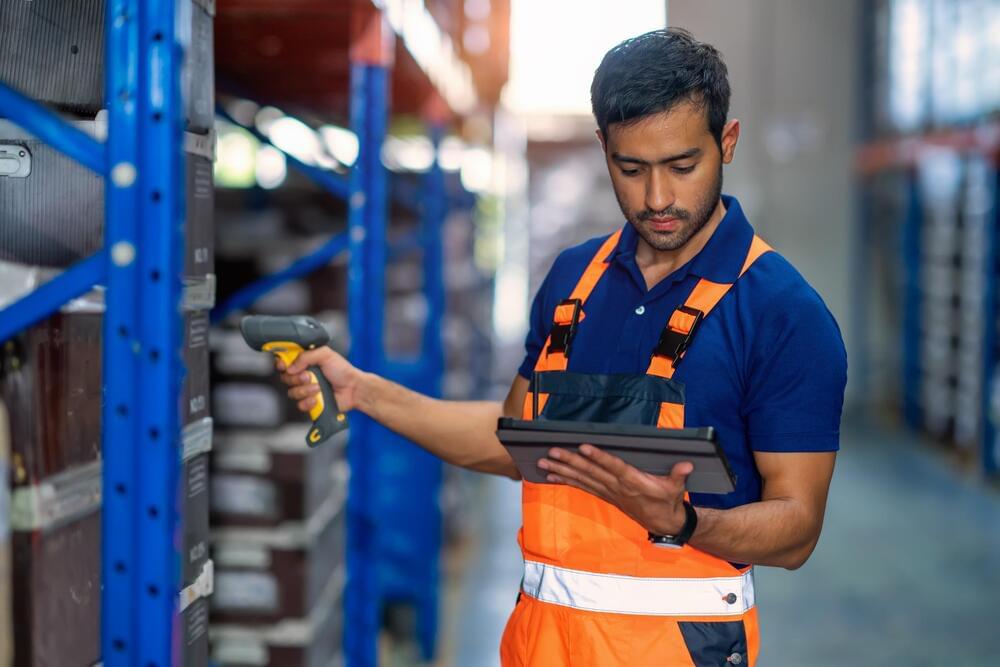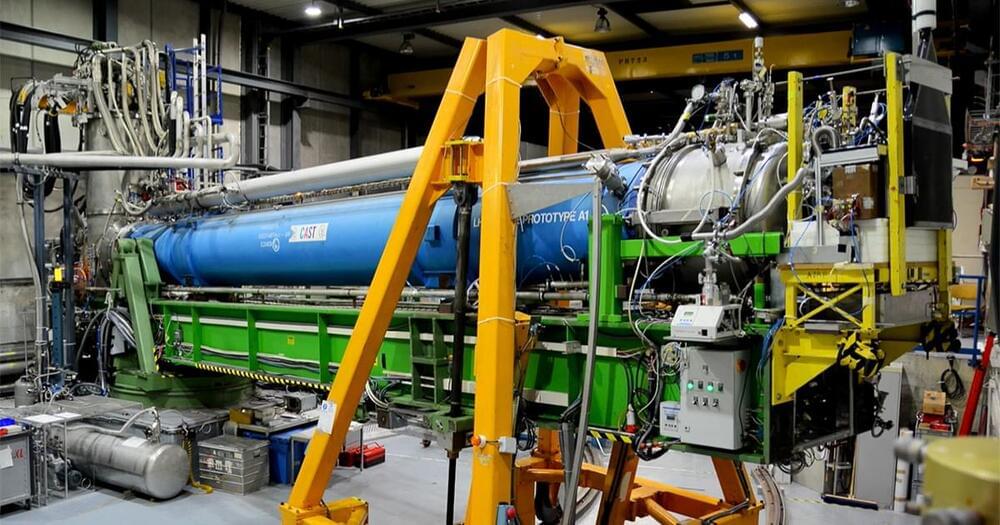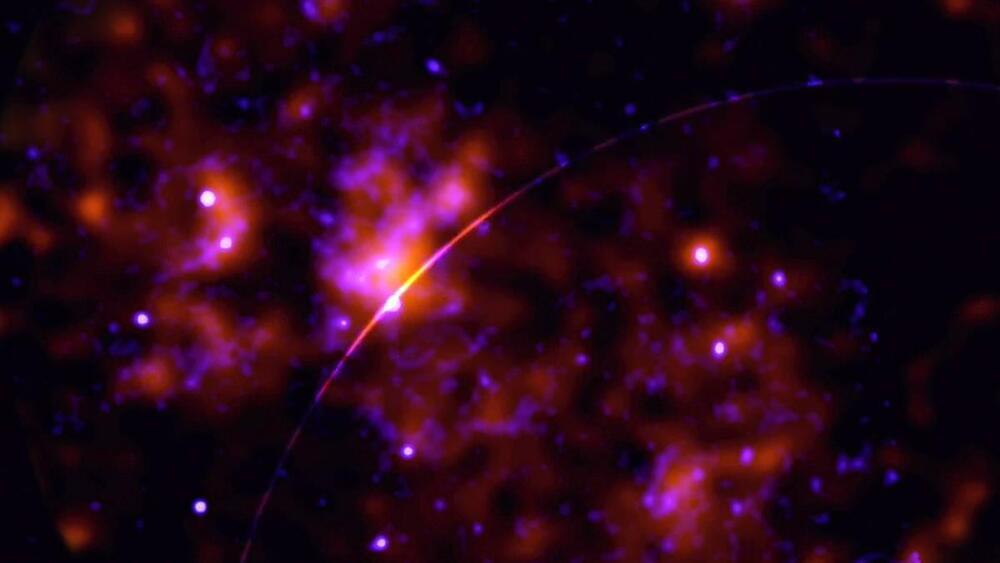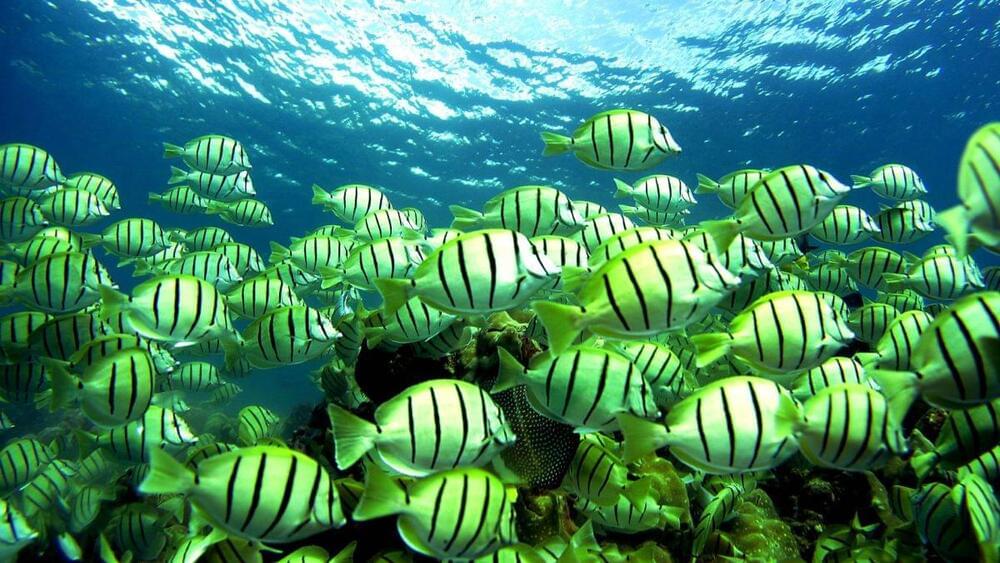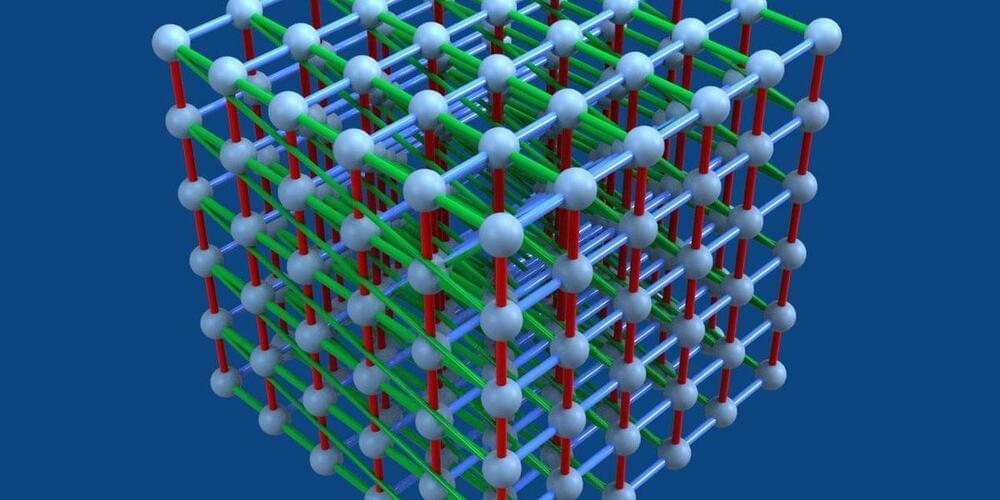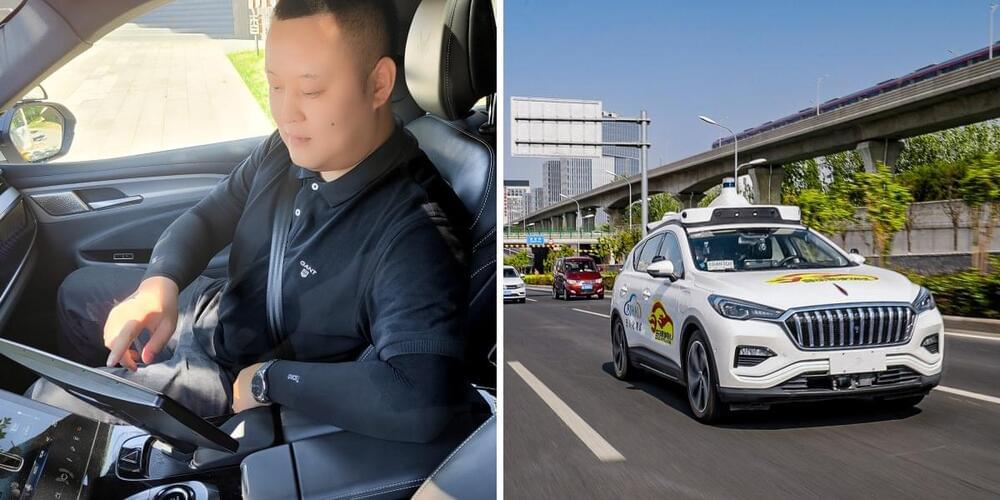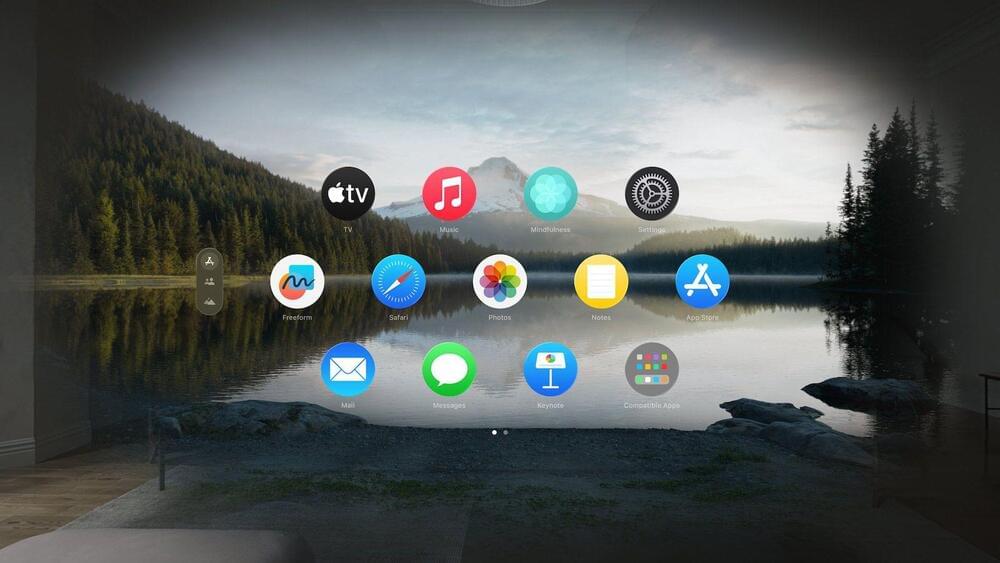Debris field found — the crew perished in a catastrophic implosion. What are the lessons to be learned from this? How does this apply to future space, stratospheric, and oceanic tourism?
Inspire your kids to love science!
SAVE 20% OFF New Science Kits Using Code: NEWKITSSAVE20 At Steve Spangler Science dot com! Great Educational Products For Kids! SHOP NOW! https://www.pntra.com/t/SENKTExNSUhDR05OSUxJQ0dPRkxGRw.
Save 1% on GoldBacks from Green Greg’s affiliate link (Use coupon code GreenGregs):
For gardening in your Lunar or Mars habitat GalacticGregs has teamed up with True Leaf Market to bring you a great selection of seed for your planting. Check it out: http://www.pntrac.com/t/TUJGRklGSkJGTU1IS0hCRkpIRk1K
